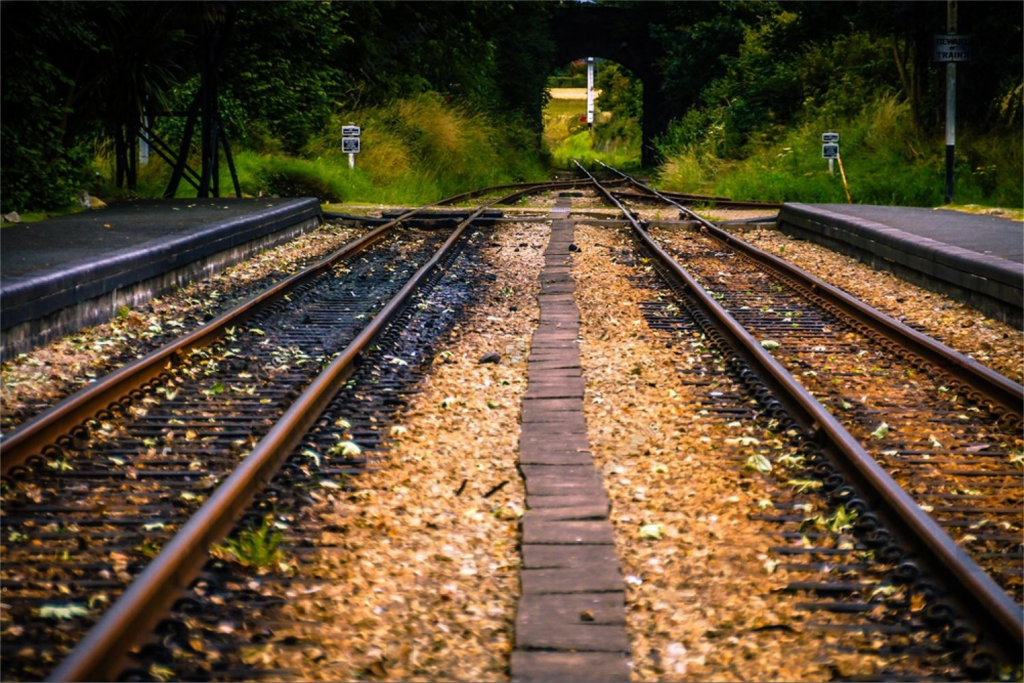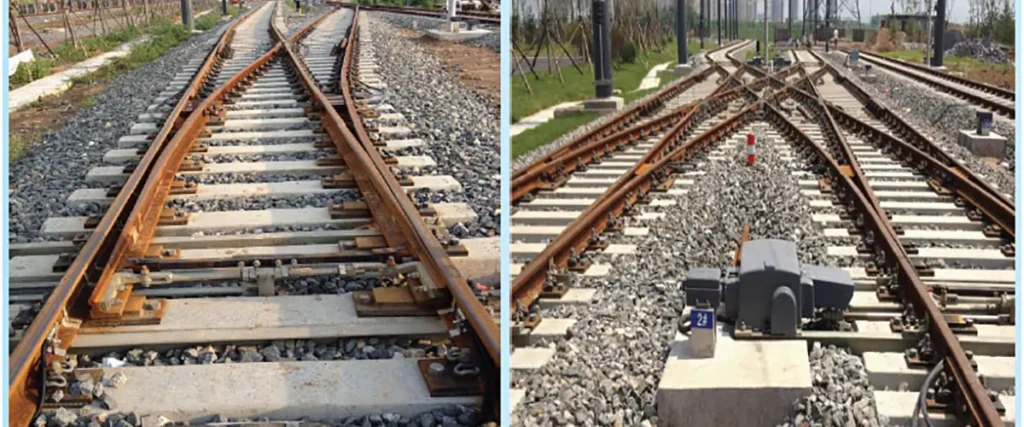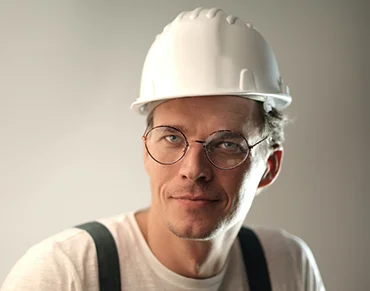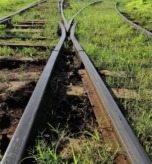Table of Contents
Introduction
Railroad turnout installation is a critical aspect of railway infrastructure, allowing trains to switch tracks smoothly. However, this process is fraught with challenges that can affect efficiency, safety, and overall operational effectiveness. Understanding these challenges is essential for railway operators and construction teams alike.

1. Complexity of Design
The design of railroad turnouts varies significantly depending on the specific requirements of the railway system. Each configuration must consider factors such as speed, traffic volume, and surrounding geography. This complexity can lead to difficulties in planning and execution, often requiring extensive consultations with engineers and planners.
2. Environmental Considerations
Installation projects often take place in sensitive ecological areas. Environmental regulations can complicate the installation process, necessitating additional studies and modifications to minimize impact. Balancing operational needs with environmental stewardship is a significant challenge for many projects.
3. Material and Equipment Availability
The availability of high-quality materials and specialized equipment is crucial for successful turnout installation. Delays in procurement can stall projects and increase costs. Furthermore, ensuring that materials meet safety and durability standards adds another layer of complexity to the installation process.
4. Skilled Labor Shortages
The railroad industry, like many sectors, faces a shortage of skilled labor. Experienced workers are essential for the precise installation of turnouts. This shortage can lead to increased training costs, project delays, and reliance on less experienced personnel, which may affect the quality of the installation.
5.Weather Conditions
Weather can significantly impact railroad turnout installation. Extreme conditions—such as heavy rain, snow, or extreme heat—can delay work and affect the quality of materials used. Effective project management must account for these variables to minimize disruptions and ensure safety.
6. Safety Protocols
Safety is paramount in railroad construction. Turnout installation involves heavy machinery and potential risks for workers and the public. Adhering to stringent safety protocols is essential, but it can complicate the installation process and require additional resources and time.
Conclusion
Railroad turnout installation presents a variety of challenges, from design complexity to environmental concerns and labor shortages. Addressing these issues requires careful planning, skilled labor, and adherence to safety regulations. By understanding these challenges, railway operators can improve their installation processes and ensure safer, more efficient rail systems.

FAQs
A railroad turnout is a mechanism that allows trains to switch from one track to another. It consists of movable rails and is crucial for directing train traffic.
Each turnout design must cater to specific operational needs, which can complicate planning and execution due to varying speeds, traffic, and geographical factors.
Environmental regulations require assessments and modifications to minimize ecological impact, which can prolong project timelines and increase costs.
A shortage of skilled workers can lead to project delays, increased training costs, and reliance on less experienced personnel, potentially affecting quality.
Extreme weather can delay construction work and impact material quality, necessitating careful project management to mitigate delays.
Safety protocols include proper training for workers, the use of protective equipment, and adherence to operational guidelines to minimize risks during installation.






